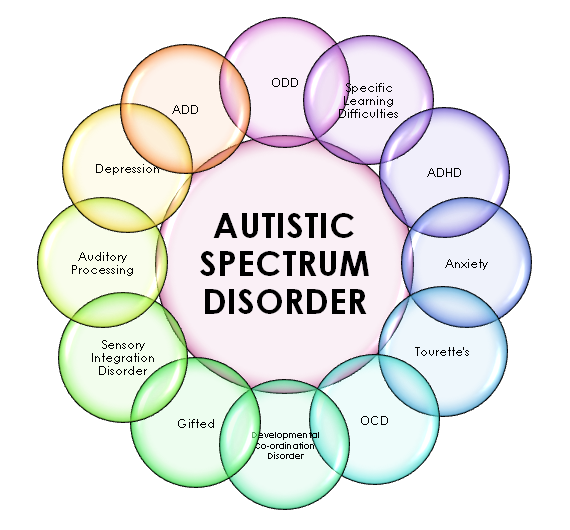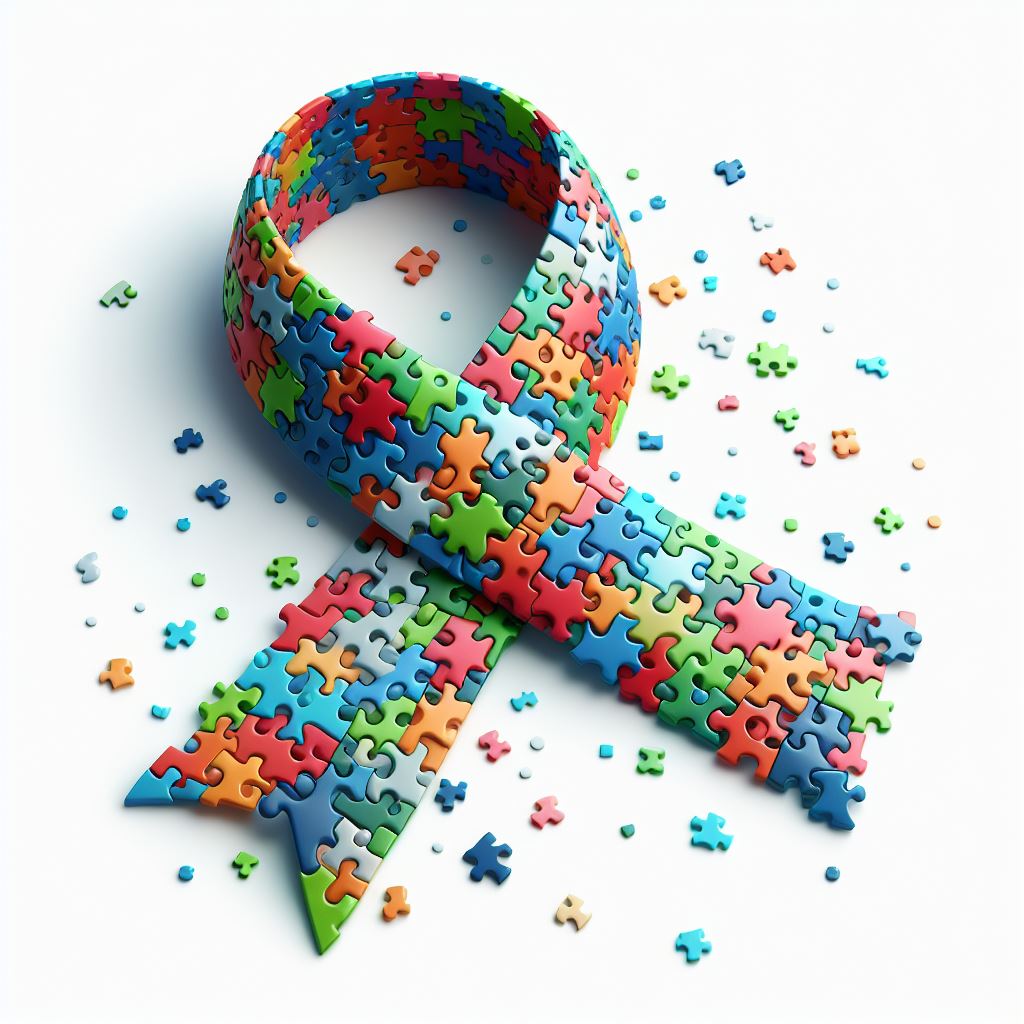Autism and Sensory Handling: Discovering the Link and Its Results
Autism and Sensory Handling: Discovering the Link and Its Results
Blog Article
Checking Out Autism: Techniques for Effective Interaction and Communication
Effective interaction and interaction with people on the autism range require a detailed understanding of their unique needs and preferences. Techniques such as utilizing clear language, using visual supports, and promoting constant routines can considerably improve interaction and decrease stress and anxiety. Additionally, acknowledging the value of non-verbal hints and shared rate of interests leads the way for meaningful connections. Nevertheless, the complexities of these methods reveal more factors to consider that merit exploration, specifically in just how they can be adapted to specific experiences and diverse contexts. What might these adaptations resemble in method?
Recognizing Autism Spectrum Problem
Autism Range Problem (ASD) includes a variety of neurodevelopmental conditions identified by challenges in social communication, communication, and repeated actions. The term "spectrum" shows the varied symptoms and differing levels of seriousness experienced by people with ASD. While some may display substantial impairments, others might present high-functioning characteristics, permitting for greater self-reliance in day-to-day life.
The onset of ASD commonly occurs in early childhood years, with signs typically recognizable by age 2. Very early indicators may include postponed speech growth, limited eye contact, and problems in recognizing social signs. Although the accurate etiology of ASD stays uncertain, study recommends a mix of genetic and environmental elements plays a critical role in its development.
People with ASD usually have special strengths, such as enhanced focus to information and remarkable memory skills. Nevertheless, they may battle with understanding abstract concepts and managing adjustments to regular. As a result, treatments and assistance tailored to individual needs are essential for fostering interaction and social abilities. Acknowledging the complexity of ASD is essential for advertising understanding, acceptance, and reliable approaches that assist in meaningful interactions with people on the spectrum.

Significance of Clear Interaction
Efficient interaction is vital for fostering understanding and connection, particularly for individuals with Autism Spectrum Disorder (ASD) Clear communication not only facilitates social communications yet additionally improves the individual's capability to share their feelings, requirements, and thoughts. For people with ASD, the subtleties of language can typically be challenging; therefore, making use of simple and unambiguous language is important.
In addition, clear interaction helps in reducing irritation and anxiety that might occur from misconceptions. When messages are communicated in a consistent and straight manner, people with ASD are better furnished to analyze details accurately, which can substantially boost their social interaction and engagement in various settings.
Establishing regimens and utilizing visual assistances can better boost clear communication. These techniques give people with predictable structures that help understanding and retention of information. In addition, actively listening and being individual during communications promotes a helpful environment where individuals with ASD really feel valued and comprehended.
Eventually, focusing on clear communication not only empowers individuals with ASD but additionally cultivates even more significant connections with their peers, caregivers, and the larger community, leading the way for collaborative relationships and inclusive communications. - autism
Non-Verbal Interaction Methods
Interaction prolongs past words, and for individuals with Autism Range Disorder (ASD), non-verbal hints play a significant role in communications. Non-verbal communication strategies can include face expressions, gestures, body movement, and eye call, every one of which offer as crucial components for conveying objectives and emotions.
Comprehending and interpreting these non-verbal signals can boost communications with people with ASD. For circumstances, a warm smile or open pose can develop an inviting environment, motivating interaction. Likewise, using aesthetic aids-- such as picture cards or symbols-- can bridge communication gaps and help share messages better.
It is also vital to be conscious of individual area, as people with ASD might have different convenience levels pertaining to closeness. Observing their responses to physical closeness can educate ideal changes.

Producing Helpful Environments
Producing a supportive atmosphere is vital for promoting positive communications and improving the well-being of people with Autism Range Problem (ASD) Such redirected here settings can substantially lower stress and anxiety and produce a sense of security, allowing individuals to express themselves much more easily.
To attain this, it is important to think about sensory level of sensitivities that individuals with ASD may experience. Changing the physical room to consist of soft lights, minimal history sound, and comfortable seats can develop a relaxing environment. Furthermore, utilizing regular routines and clear visual routines can assist individuals anticipate changes and minimize unpredictability, more promoting comfort.
Social rooms need to be structured to lessen frustrating stimuli while offering chances for involvement in preferred tasks. Facilitating areas designated for silent time can additionally function as a haven throughout moments of stress. Significantly, integrating elements of selection empowers individuals, permitting them to exercise company in their setting.

Encouraging Social Interactions
Cultivating social communications amongst individuals with Autism Range Condition (ASD) needs intentional approaches that focus on comfort and engagement. Establishing foreseeable routines can help in reducing anxiousness, making social setups a lot more approachable. Developing organized atmospheres with defined duties and obligations permits individuals to Look At This engage without the frustrating pressure of disorganized social characteristics.
Including passions and staminas right into social activities can offer as a driver for communication. As an example, arranging group tasks around shared hobbies or topics of fascination can promote natural conversations and links. In addition, using visual supports, such as pictorial schedules or social scripts, can aid in recognizing social hints and assumptions.
Modeling appropriate social actions is important - autism. Peers and grownups must demonstrate effective communication methods, including energetic listening and turn-taking. Role-playing scenarios can likewise offer a risk-free space for individuals to exercise these abilities
Last but not least, fostering peer relationships with inclusive techniques is important. Urging comprehensive playdates or team getaways can create possibilities for socializing in a comfortable setup. By carrying out these strategies, caretakers and educators can dramatically boost social communications for people with ASD, promoting their general social growth and wellness.
Verdict
In verdict, effective communication and communication approaches are important for sustaining people with Autism Range Disorder. Eventually, these methods encourage individuals with autism to navigate social landscapes, promoting their general health and making it possible for the development of long lasting connections.
Efficient interaction and communication with people on the autism range demand a comprehensive understanding of their distinct requirements and preferences. Clear interaction not just assists in social communications yet additionally boosts the person's capacity to share their emotions, needs, and thoughts.Cultivating social communications among individuals with Autism Spectrum Disorder (ASD) calls for willful approaches that focus on convenience and interaction. By carrying out these caretakers, instructors and methods can substantially improve social interactions for people with ASD, advertising their total social growth and wellness.
In final thought, effective interaction and interaction strategies are important for sustaining people with Autism Spectrum Problem.
Report this page